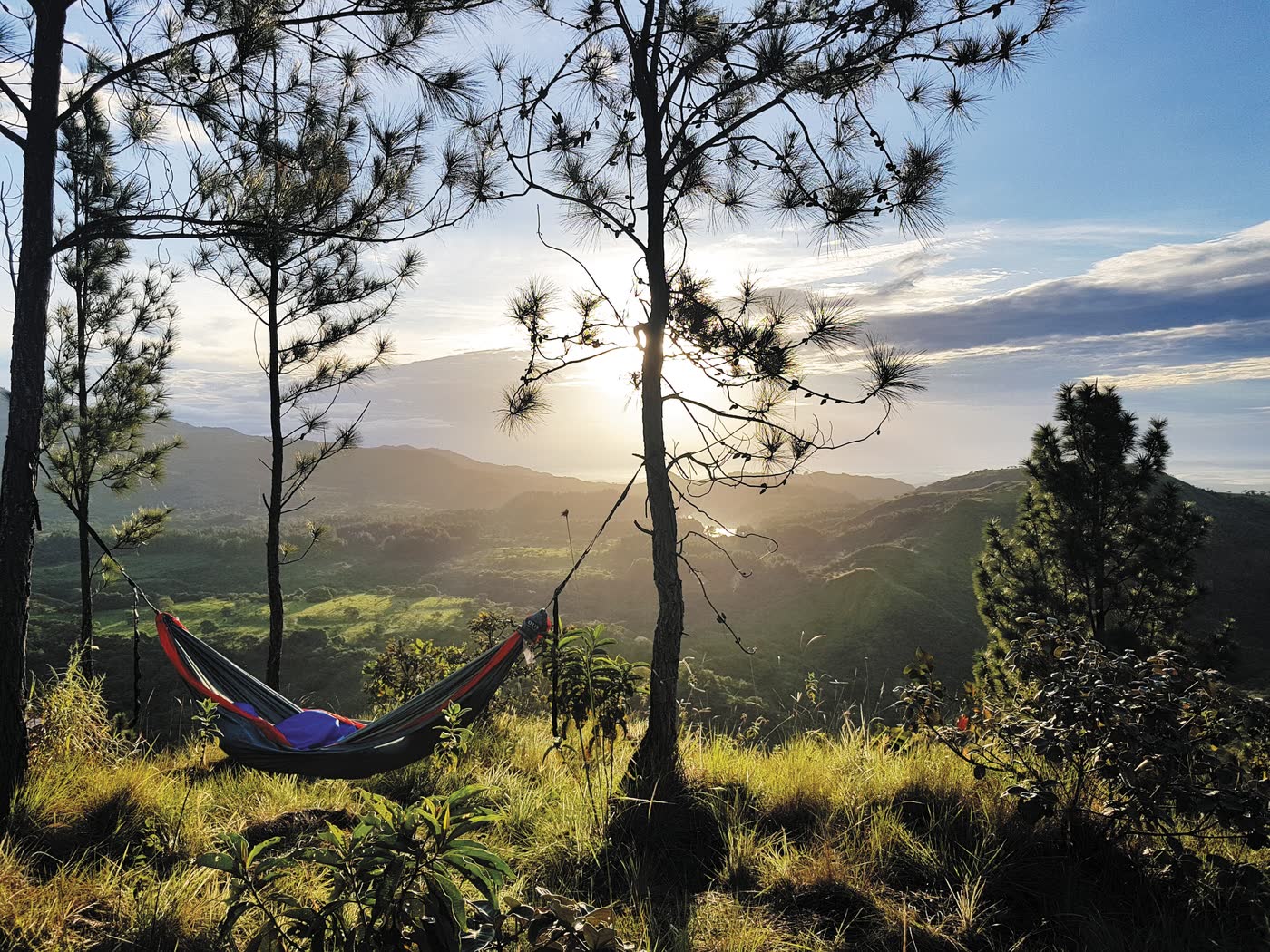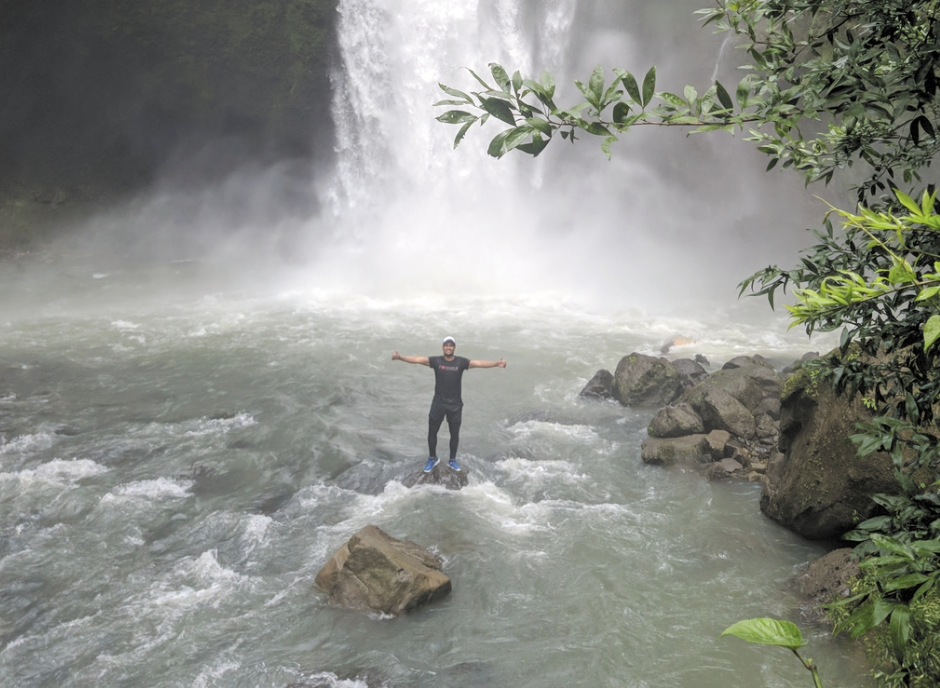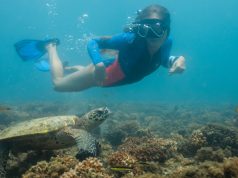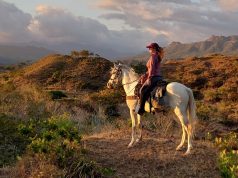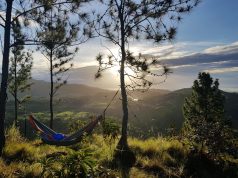Forest Reserves, Trail and Religious History
Veraguas is the only province of Panama with coasts on both the Atlantic and the Pacific. In the north of the province, the temperature is cool, the perfect weather for hiking and walking among dozens of waterfalls; in the south, its sunny and pure beaches.
La Yeguada
This destination was the first forest reserve in Panama, a place with abundant forests and waterfalls, which make it ideal for activities in nature during the day or under the stars.
The extensive lake 1,125 square kilometers in size, and the three thousand hectares with Caribbean pine that surrounds it, is an unusual natural environment in Panama. However, La Laguna de La Yeguada is actually a primitive volcanic crater.
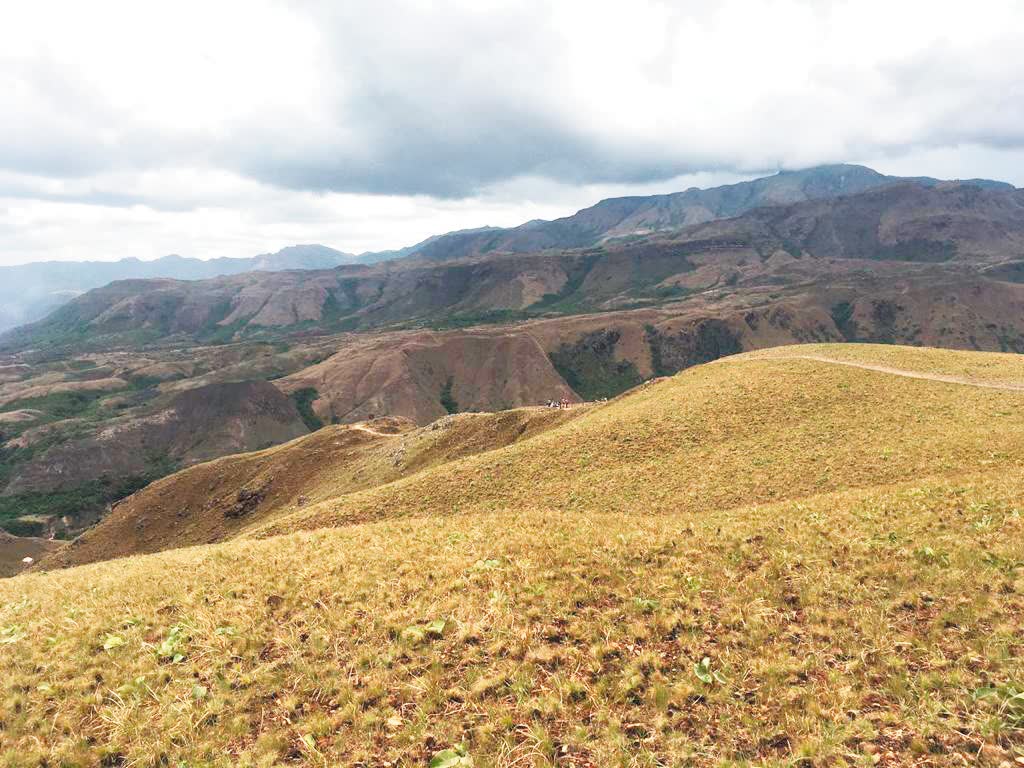
Activities:
Its main attraction is the tranquility of nature that invites you to camp, it is one of the best tourist experiences that can be experience in Veraguas. Another activity for those who just want to relax among so much nature is to tie up a hammock to watch the lake and the immensity of the territory.
The most adventurous visitors can walk through its natural trails, play sports near the lake, or rent kayaks or boats if the locals make them available within the reserve.
Where to stay:
In the surroundings there are ecological hotels and several Airbnb options. However, the best way to spend the night at La Yeguada is camping around the lagoon and living a 100% natural experience. At the entrance there are offices where permission is requested to camp and pay a fee per person.
Where to eat:
When camping at Laguna de la Yeguada you have to take everything you want to eat as it is a place with a totally natural environment. In the surroundings there are restaurants and hotels that offer local and even international food that visitors like very much.
How to get:
About four hours it takes from Panama City to La Yeguada. When you get to Aguadulce, continue along the road for about 15 kilometers until you find the sign “El Jagüito” and turn right. After 30 kilometers you arrive at Calobre and 20 kilometers later at La Yeguada forest reserve.
Santa Fe National Park
Known for its abundant waterfalls and 700 km² of rainforest, the park is also home to hundreds of species of birds, butterflies and orchids. The Santa Fe National Park surrounds the historic and picturesque city of Santa Fe. Founded by Captain Francisco Vasquez in 1557, this town is the oldest community in Panama. Lonely Planet rated this area as one of the best “out of the ordinary” destinations to travel.
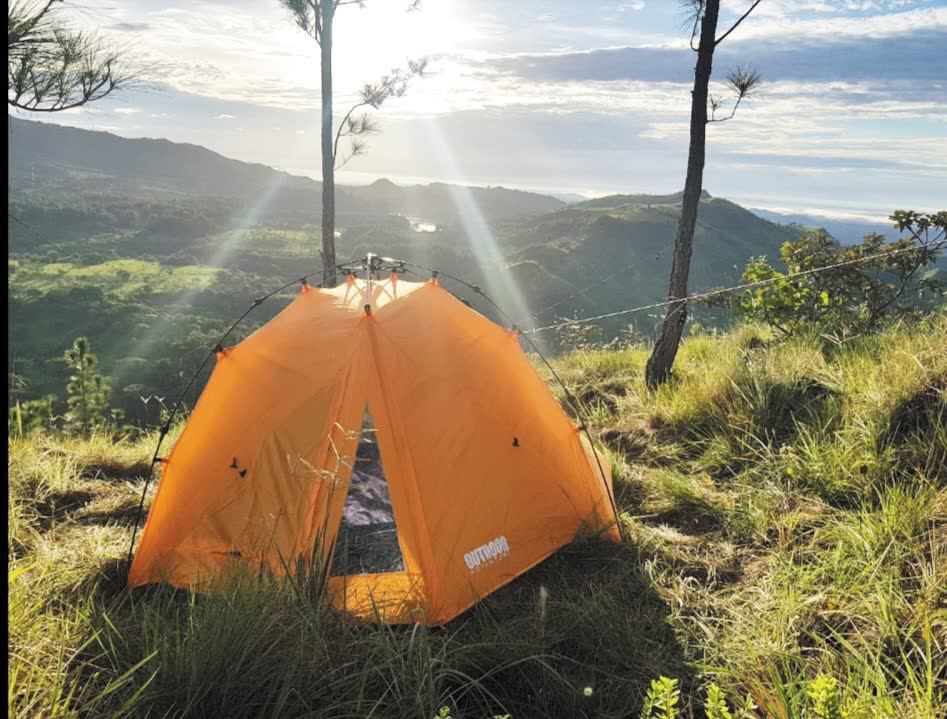
Activities:
One of the best activities to do is walk through the large number of trails that lead to many of the 50 existing waterfalls. One of the most popular routes is to Alto de Piedra, a trail that is only 1 km long and is classified as an easy-moderate walk. First, you have to walk for 20 minutes to the first waterfalls, then an hour and a half to see three waterfalls together, which can vary from 10 to 15 meters in height. To observe larger waterfalls, you must hike to the Bermejo waterfall, located on the edge of the Santa Fe National Park and reaches 35 meters in height. A 2.5 km easy-moderate route and takes about 1 hour and a half round trip.
Where to stay:
The Park itself does not have places to spend the night, however, the town of Santa Fe and the surrounding area has a large number of hotels, hostels, Airbnb and cabins to spend the night and live an unforgettable natural experience.
Where to eat:
The Santa Fe area has more than 14 dining options among restaurants, inns and cafes that serve international and Panamanian food. Likewise, hotels in the area offer meals to their guests.
How to get:
By car it can be reached in five hours, traveling along the Pan-American highway to the city of Santiago and at the only overpass for cars turn right onto highway 33 and continue straight until you reach the tourist town of Santa Fe.
Santiago City
Santiago is an amazing place to visit, it is the capital of Veraguas Province, and it has more than 200,000 inhabitants. Santiago de Veraguas is safe and accessible, a central point to spend the night and go out the next day to visit the beautiful beaches and mountains that the province has.
Activities:
One of the main activities is to visit the beautiful Santiago Apostol Cathedral, Panama’s historical heritage with historical religious relics. Another historical monument to visit is La Normal School of Santiago, which looks more like a university in the best Harvard style, an architectural experience for all visitors. Another activity not to be missed is to visit the Regional Museum of Veraguas, a building built in the XIX century that exhibits pieces of religious, archaeological and ethnographic art.
Where to stay:
Santiago is a city with all the services of modern life and has a wide variety of lodging options, from luxury hotels to modest hostels.
Where to eat:
Santiago’s culinary proposal is great, because apart from offering restaurants with Panamanian and regional gastronomy, there are also Peruvian, Greek, Italian and Spanish options. There are also large fast food restaurant chains for those who like this option.
How to get:
It is located a little less than four hours by road from Panama City traveling through the Pan-American Highway.
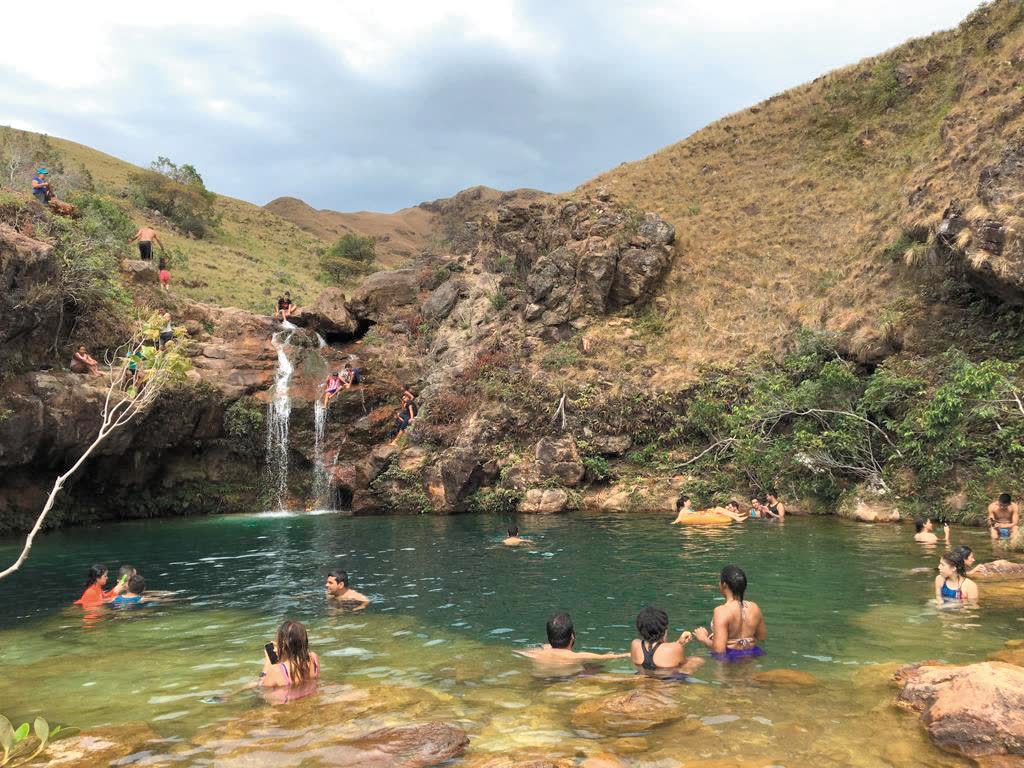
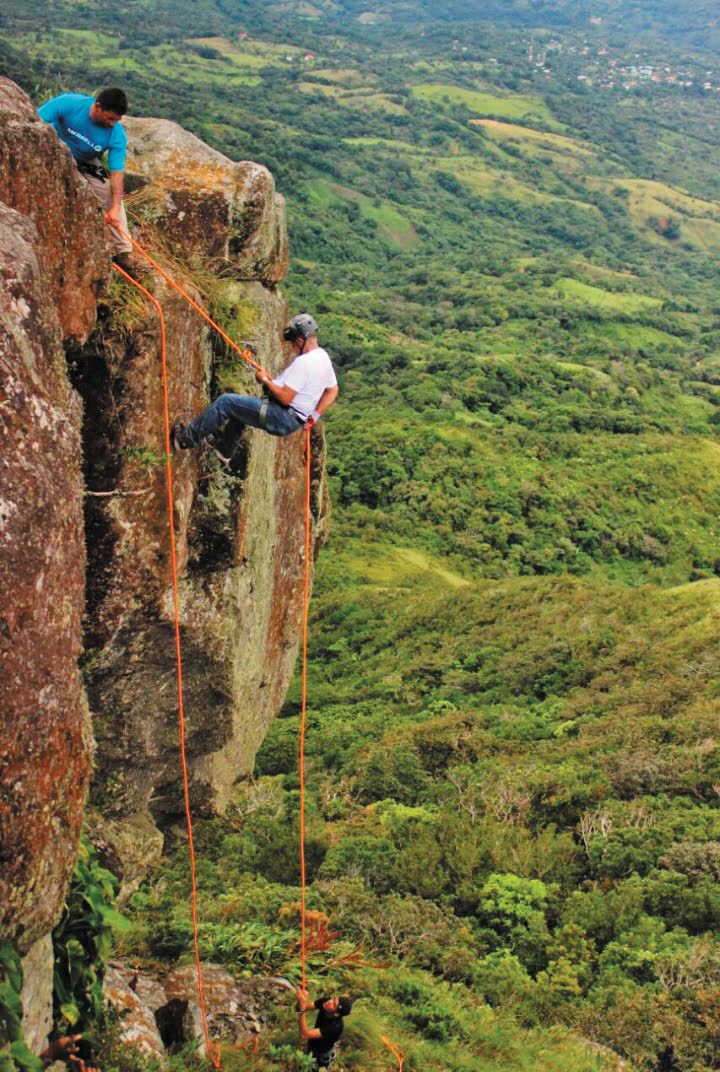
Atalaya
If there is a place in Panama where religious tourism is a way of living, generating experiences and moving the regional economy, it is in Atalaya. The Minor Basilica Jesus Nazareno de Atalaya is the center of attention since inside is the image of Jesus of Nazarene from Atalaya, which is venerated by people from all over the country, as well as internationally.
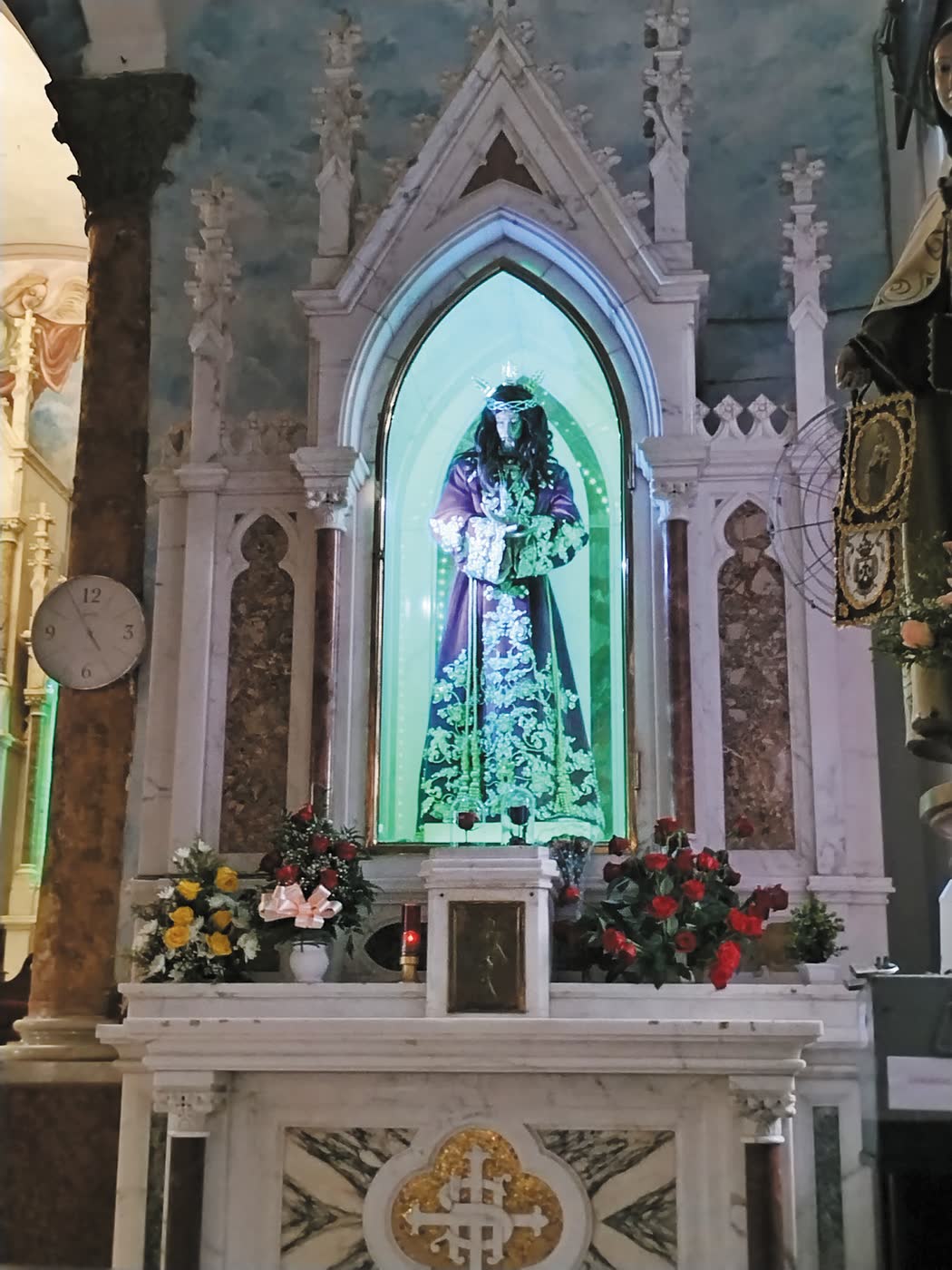
Activities:
The most important activity to carry out is to visit the Minor Basilica to learn about its history, the image of Christ the Nazarene, and the beautiful internal decoration, as well as its architecture. However, if you want to live the real devotion of the people for the Christ of the Nazarene, you should visit the town on the first Sunday of Lent where more than 200,000 people arrive in the town to attend the largest religious procession in Panama. That day the visitors crowd the Minor Basilica of Atalaya to thank Jesus of Nazarene for the miracles granted; from financial aid to highly fatal diseases.
Where to stay:
In the town there are several places to stay, including a luxury one that stands out for its rooms themed to the history of Atalaya. Of course, if you plan to visit during the big event, it is important to book months in advance to ensure your stay.
Where to eat:
Atalaya has several restaurants where Panamanian food and seafood are offered. During the great festival of the Nazarene, the town is filled with hundreds of food stalls from all over Panama.
How to get:
Traveling by car, Atalaya is just over three and a half hours from Panama City on the Pan-American highway until you reach Santiago, from where you turn left at the sign that indicates Atalaya.
